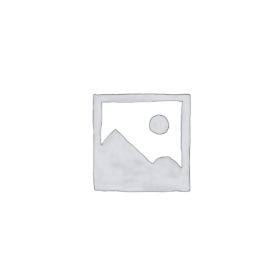- Your cart is empty
- Continue Shopping
Product
Gram’s decolourizer is supplied by Micromaster. It is available in the form of a colourless solution which is clear without any particles. It is advisable to store this product below 30°C in tightly closed container and away from bright light.
• Quantity provided: 125/bottle
Gram’s Decolourizer is used as decolourizing solution in Gram’s staining. The Gram stain is a differential staining technique most widely applied in all microbiology disciplines laboratories. It is one of the most important criteria in any identification scheme for all types of bacterial isolates. Different mechanisms have been proposed to explain the gram reaction. There are many physiological differences between gram-positive and gram-negative cell walls. In practice, a thin smear of bacterial cells is stained with crystal violet, then treated with an iodine containing mordant to increase the binding of primary stain. A decolourizing solution of alcohol or acetone is used to remove the crystal violet from cells which bind it weakly and then the counterstain (like safranin) is used to provide a colour contrast in those cells that are decolourized. The gram-positive organisms or cells have more mucopeptide in their cell walls as compared to gram-negative ones. Gram-negative bacteria have more content of polysaccharides and lipo-proteins in their cell walls. The polymers of glycerol or ribitol phosphate called as teichoic acids are also found in the cell walls of gram-positive organisms but are very less or almost not present in gram-negative organisms. In a properly stained smear by gram staining procedure, the gram-positive bacteria appear blue to purple and gram-negative cells appear pink to red.



Reviews
There are no reviews yet.